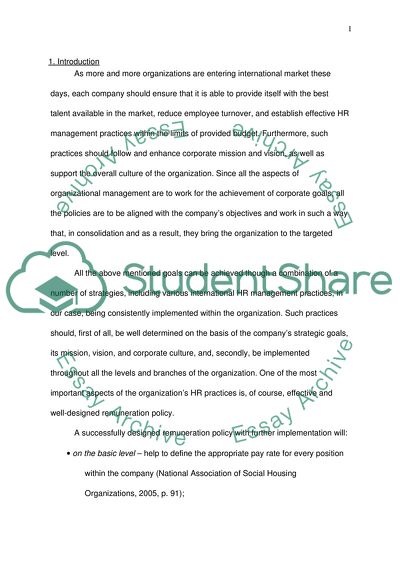Cite this document
(Remuneration Policies for an Australian Multinational Corporation Term Paper, n.d.)
Remuneration Policies for an Australian Multinational Corporation Term Paper. Retrieved from https://studentshare.org/finance-accounting/1742455-remuneration-policies-for-an-australian-multinational-corporationmnc-in-asia
Remuneration Policies for an Australian Multinational Corporation Term Paper. Retrieved from https://studentshare.org/finance-accounting/1742455-remuneration-policies-for-an-australian-multinational-corporationmnc-in-asia
(Remuneration Policies for an Australian Multinational Corporation Term Paper)
Remuneration Policies for an Australian Multinational Corporation Term Paper. https://studentshare.org/finance-accounting/1742455-remuneration-policies-for-an-australian-multinational-corporationmnc-in-asia.
Remuneration Policies for an Australian Multinational Corporation Term Paper. https://studentshare.org/finance-accounting/1742455-remuneration-policies-for-an-australian-multinational-corporationmnc-in-asia.
“Remuneration Policies for an Australian Multinational Corporation Term Paper”, n.d. https://studentshare.org/finance-accounting/1742455-remuneration-policies-for-an-australian-multinational-corporationmnc-in-asia.


